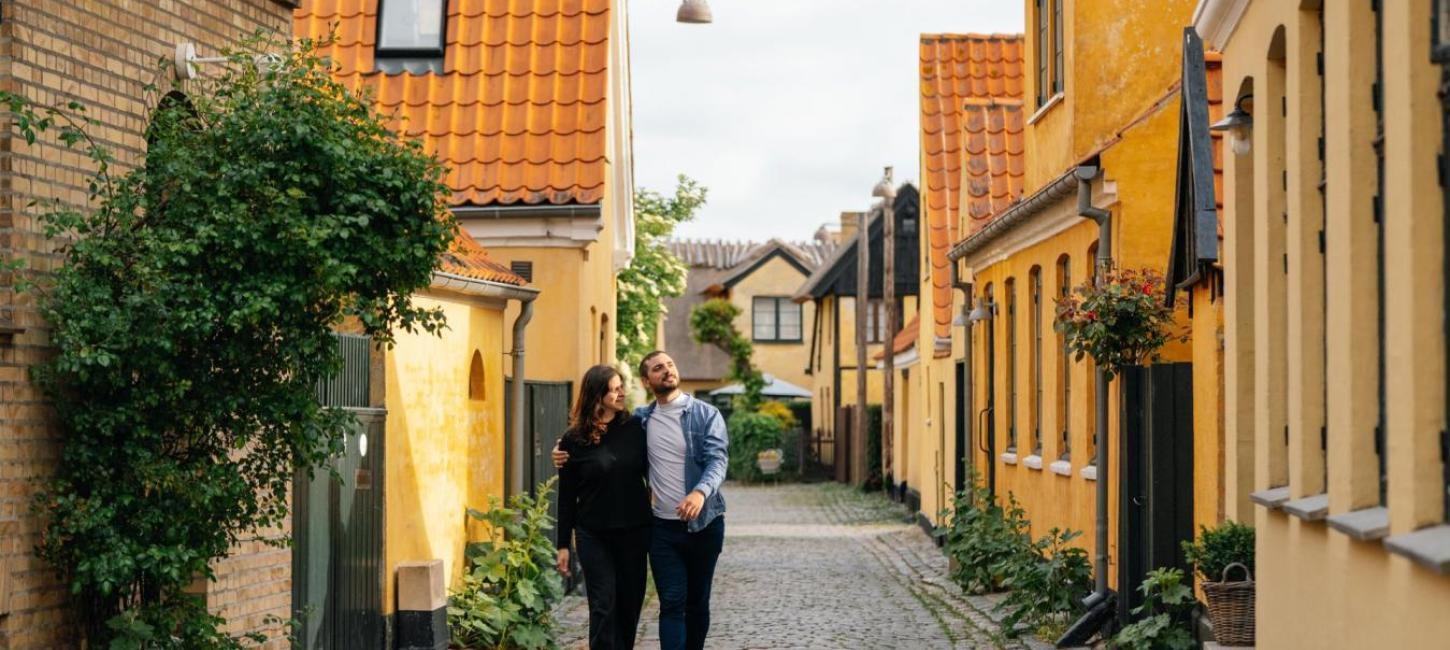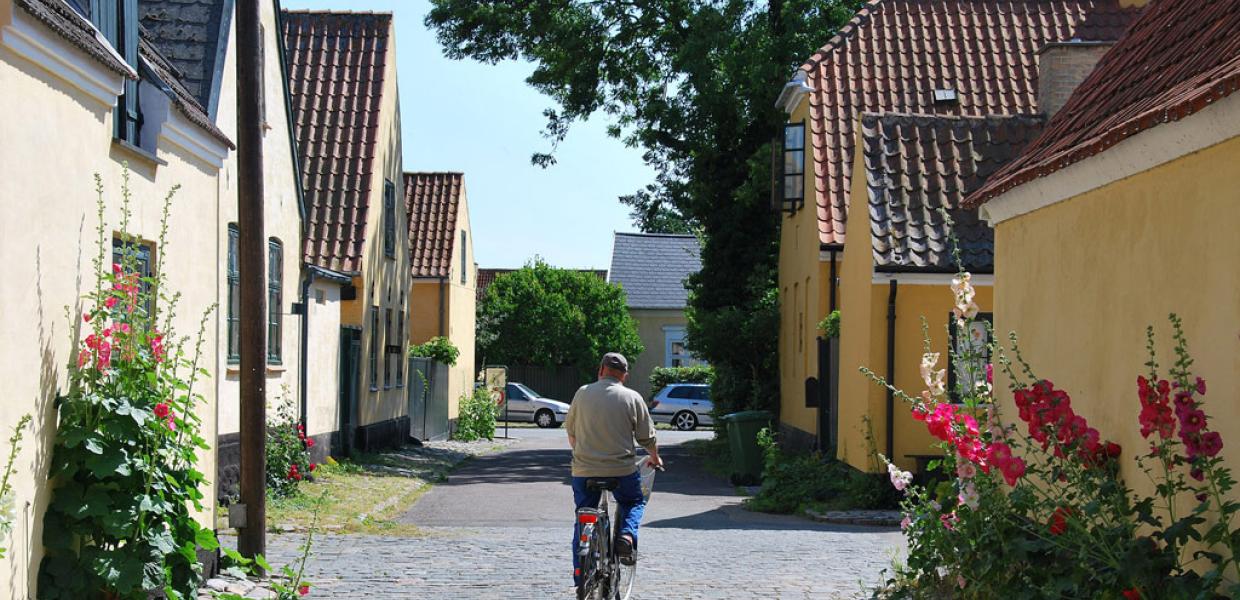Dragør Old Port
Dragør Port has been one of the most important maritime cities in Denmark more than once.

With its narrow streets and low houses from the 18th and 19th centuries, Dragør’s historic town center is one of the best-preserved in Denmark.
Step into the old town of Dragør and experience a living piece of Danish cultural heritage. Here, cobbled streets and narrow alleys wind their way between yellow half-timbered houses and historic seafarers’ homes. Dragør’s old town is a unique example of a maritime community that thrived during the 18th and 19th centuries—an era immortalized by Danish artists like C.W. Eckersberg and Julius Exner.
Almost every house in the town center retains its original character, shaped by Dragør’s golden age of shipping and trade. Three distinct periods of prosperity—around 1770, 1830, and 1890—left their mark, driven by herring fishing, commerce, and seafaring. With 76 listed buildings and many more historic structures around the harbor, Dragør has the highest concentration of protected houses in any small town in Denmark.
The many small, similar-looking homes reflect a time when most men worked at sea as captains or sailors, while many women earned a living weaving or bleaching textiles. You can still spot the town’s maritime roots in the “kikkenborge”—small rooftop lookouts often fitted with windows—used by families to watch for returning ships on the horizon.
The cobblestone streets and yellow houses are not just a setting for history—they are home to people who cherish this unique environment. We’re glad you’re here and hope you’ll help us preserve the special atmosphere of the old town.
Thank you for:

Dragør’s old town is known for its ochre-yellow houses with red tiled roofs and black tarred foundations. Many of these houses were built around the 1800s by well-to-do seafarers who made their home in Dragør.
Join us for the small view towers - or gazebos - on the roofs of the old houses. And hear about other delights of the city.
Video is in Danish.
The Bailiff's Square (Fogdens Plads) has its name after the penultimate bailiff in Dragør - Isbrandt P. Schmidt - who worked 1870-1901 and lived in the house on Fogden's place 7.
The square was once ...
Jens Eyberts Square is perhaps the most picturesque square in the old town.
The site is named after skipper Jens Eybertsen, who lived 1756-1811. He owned number 6 on the square, which is a characteri...
The city's great builder, Johan Heinrich Blichmann, stands behind Dragør Inn in Strandgade, which is the largest building in the old town.
It was erected in the late 18th century and rebuilt in the f...
The Street Names in the old town are not as old as one might think.
In the 19th century, street names were obtained - probably according to demands from higher authorities - and there they chose to c...
On the eastern side of Strandstræde (Beach Street) there are several small Alleyways that connect Strandstræde with Strandlinien (Beach Edge), which is parallel to Strandstræde.
Originally, it was wh...
Kings Street (Kongevejen), which today is the most important commercial street in Dragør, and the main artery of the old town, was paved in 1790.
Here is an old milestone with Christian VII's monogra...
The square Badstuevælen has its somewhat irregular shape because it has been the city's clay grave where the residents brought clay to the clay-clad houses. It served as a clay tomb for well into the ...
In the season you will find Hollyhocks, Alcea Rosea, everywhere in the old town.
They pop up between the crevices of the cobblestones and color the city in all colors: from delicate white, cream and ...